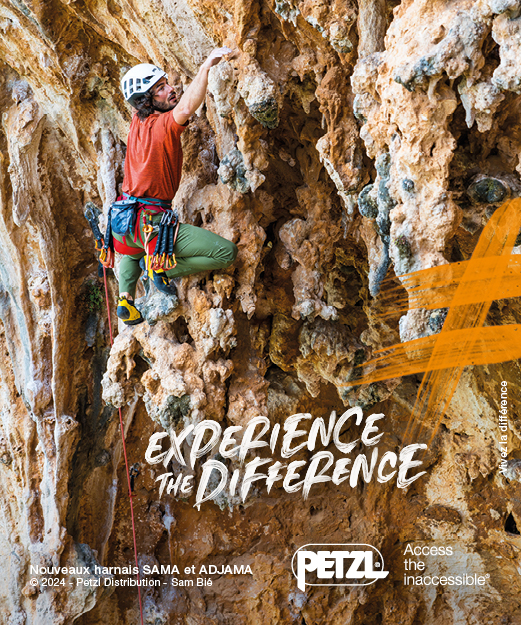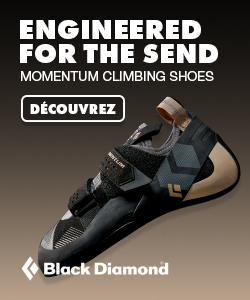Skate-Style: How World Cup Climbing Affects Your Local Gym

Skate-style Route-Setting: How World Cup Climbing Affects Your Local Gym ?
German Alex Megos was asked if he liked watching bouldering competition. He replied, “Honestly, I’m not that big of a fan of jumping around.”
This “jumping around” represents a shift in the last decade. As the International Federation of Sport Climbing (IFSC) World Cup’s competition style has shifted toward a more audience-friendly skate-style. Applying wild, dynamic moves and elements of parkour to boulder problems and routes.

Skate-style or jumping around
Not surprisingly, a debate has started in the comp scene between purists who want the sport to stay true to its roots and athletes and route-setters who enjoy the new style. The debate has also spilled into local gyms, where setters set this style for competition teams, or simply like the big volumes and new-school movement—sometimes to the chagrin of gym members.
Comp setting begins with the walls. Founded in France in 1985, wall manufacturer Entre-Prise has built more than 4,000 walls, including World Cup installations. And EP is the manufacturer of the only US World Cup venue, in Vail, Colorado. Todd Chester, sales and marketing director for EP USA, says, “From a design perspective, our vision is to make the wall as simple as possible, to create a blank canvas that allows the setter to optimize the wall creatively.”

The art of setting
From there, IFSC-certified setters working under an IFSC “chief” will use their skills to define the dynamics of an event. For holds, IFSC guidelines state that setters must use at least 500 holds and 30 volumes for a bouldering comp. And 1,000 holds and 30 volumes for a lead comp.
Typically, three or four brands are represented. With the chief setter approving a list of all holds and volumes provided by the organizer. But even these large numbers, when applied by a small group of setters, create repetition, and comp climbers can become familiar with both the holds and the setters’ styles.








